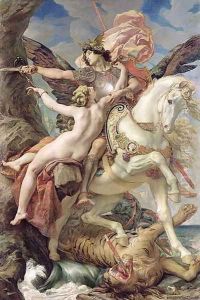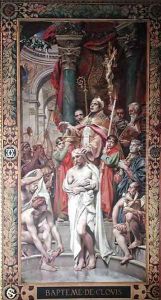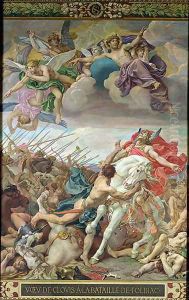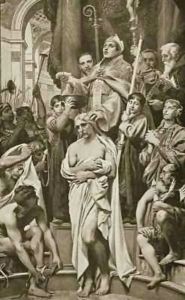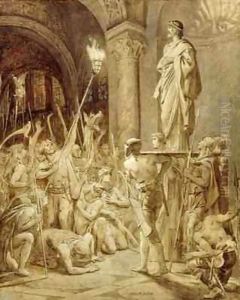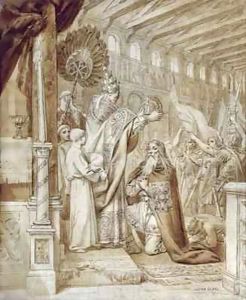Joseph Paul Blanc Paintings
Joseph Paul Blanc was a French painter and art instructor, born on January 4, 1846, in Paris. He is best known for his work in historical and mythological subjects, as well as his contributions to the decoration of various public buildings in France. Blanc studied under François-Édouard Picot and Alexandre Cabanel at the École des Beaux-Arts in Paris, two prominent and influential artists of the time. He quickly established himself as a talented artist and began exhibiting his work at the Paris Salon, the official art exhibition of the Académie des Beaux-Arts in Paris.
Blanc won several awards throughout his career, including the prestigious Prix de Rome in 1867 for his painting 'The Death of Timophanes', which enabled him to study in Rome at the Villa Medici. The Prix de Rome was a scholarship for arts students and was considered the highest honor for young artists. During his time in Rome, Blanc was influenced by the Italian Renaissance and the classical art that he studied there, which would significantly influence his later works.
After his return to France, Blanc continued to receive commissions for large-scale decorative works, including murals and ceiling paintings for such notable sites as the Panthéon, the Hôtel de Ville in Paris, and the Palais du Luxembourg. His work was characterized by a clear, luminous palette and a classical approach to composition and form. He was also involved in the Société des Artistes Français, where he served in various capacities, including as a jury member.
In addition to his painting, Blanc was an esteemed teacher, joining the faculty of the École des Beaux-Arts as a professor in 1889, a position he held until his death. He was known for his supportive and nurturing approach to instruction, which had a lasting impact on a generation of French artists.
Joseph Paul Blanc's career was marked by both critical and commercial success, and his works can still be seen in museums and public buildings throughout France. He passed away on June 5, 1904, in Paris, leaving behind a legacy that continued to influence French art in the years following his death.
